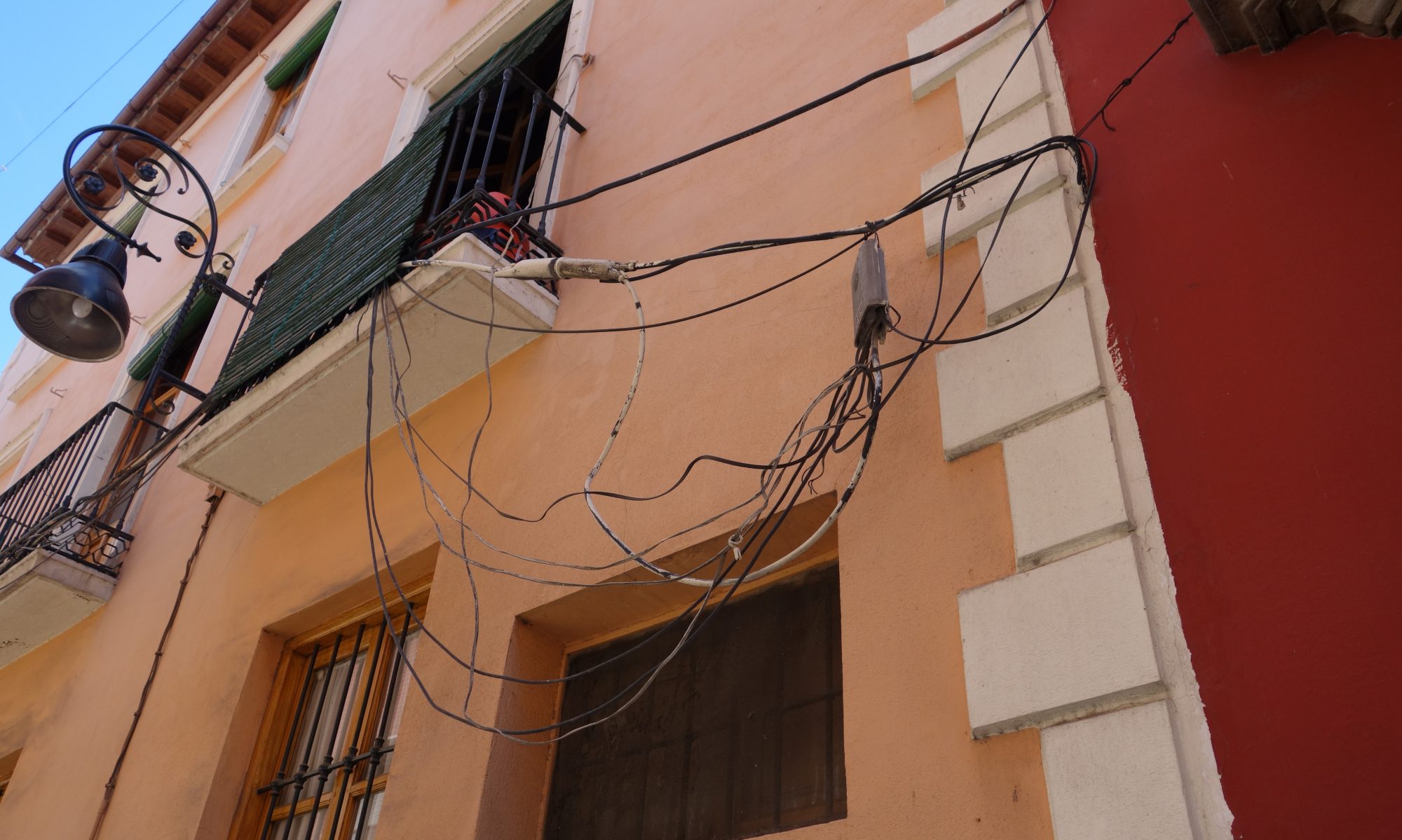The Internet of Things is a paradigm-shift where we can have nodes that collect information, process the information (either locally, at the edge, or in the cloud) to then actuate changes in our physical environment. IoT offers many advantages, but there are many concerns regarding cyber security as many parts (end nodes) can easily be attacked and used for massive attacks as we recently have seen:
- https://msrc-blog.microsoft.com/2019/08/05/corporate-iot-a-path-to-intrusion/
- https://developer.ibm.com/articles/iot-anatomy-iot-malware-attack/
- https://www.cloudflare.com/learning/ddos/glossary/mirai-botnet/
This thesis targets security analysis for IoT, where the analysis should be spread out: the nodes, the edge, and the cloud. The goal is to design and evaluate a (future) intrusion detection systems that encompass all levels. During the thesis, you will (1) get familiar with existing analysis techniques, especially comparing local device approaches with complementing approaches in the cloud; (2) adapt and extend such analysis techniques (or design your own) to a small test bed (3) implement and evaluate them. You can conduct this thesis individually or as team of two students, but we will prioritize groups of two students.
The starting point are to survey literature and see what systems are already built and then find new references from this subset.
- Aegis: A Context-aware Security Framework for Smart Home Systems, Amit Kumar Sikder, Leonardo Babun, Hidayet Aksu, and A. Selcuk Uluagac (Florida International University) ,
- Location-enhanced authentication using the IoT: because you cannot be in two places at once, Ioannis Agadakos, Per Hallgren, Dimitrios Damopoulos, Andrei Sabelfeld, and Georgios Portokalidis. ACSAC 2016
The second step is to understand what information should be used for the IDS, where it is located, and when the analysis / alerts need to be communicated upwards.
The third step is about building a prototype / test system. For that you can use NVIDIA Jetson Nano and NVIDIA Jetson TX2.
For whom is this a good thesis?
If you love security, have an understanding of system building, can work with the OS, and preferably GPUs this is a good thesis. You should also be interested in machine learning or pattern matching, and know at least one programming language to be able to work directly with hardware. If you have never heard of a neural network, support vector machines, or CUDA, OpenCL, this thesis may still be for you if you are up to a challenge.
How to apply? Submit your application before November 11, 2022.
https://forms.office.com/r/ttjem8dX5v
If you have any question/comment about the thesis work, contact us:
Magnus Almgren; magnus.almgren@chalmers.se
